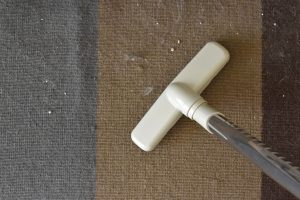Imagine a world where dusty bags of cat litter are history, no more scooping clumps, and your home stays free from those tiny granules that always seem to find their way to the most remote corners of your house.
Sounds perfect, doesn't it?
As cat owners, we've all thought about alternatives to traditional cat litter, whether to save money, avoid allergies, or reduce our environmental footprint.
But is this a practical goal? Can a cat genuinely be convinced to use a litter box... without any litter?
In this article, we will explore this question, journeying through the realm of feline behavior, the implications of a litterless box, and the potential substitutes for traditional litter.
Let's begin by challenging what we think we know and potentially transforming our cats' bathroom habits for the better.
What Attracts Cats to Litter Boxes
Understanding the attraction of cats to their litter boxes requires a deep dive into natural feline instincts, the allure of the texture of cat litter, and the odor control it offers.
Feline Natural Instincts: Hide the Scent
Cats are solitary hunters in the wild. They bury their waste to mask their scent from predators and to prevent alerting potential prey to their presence.
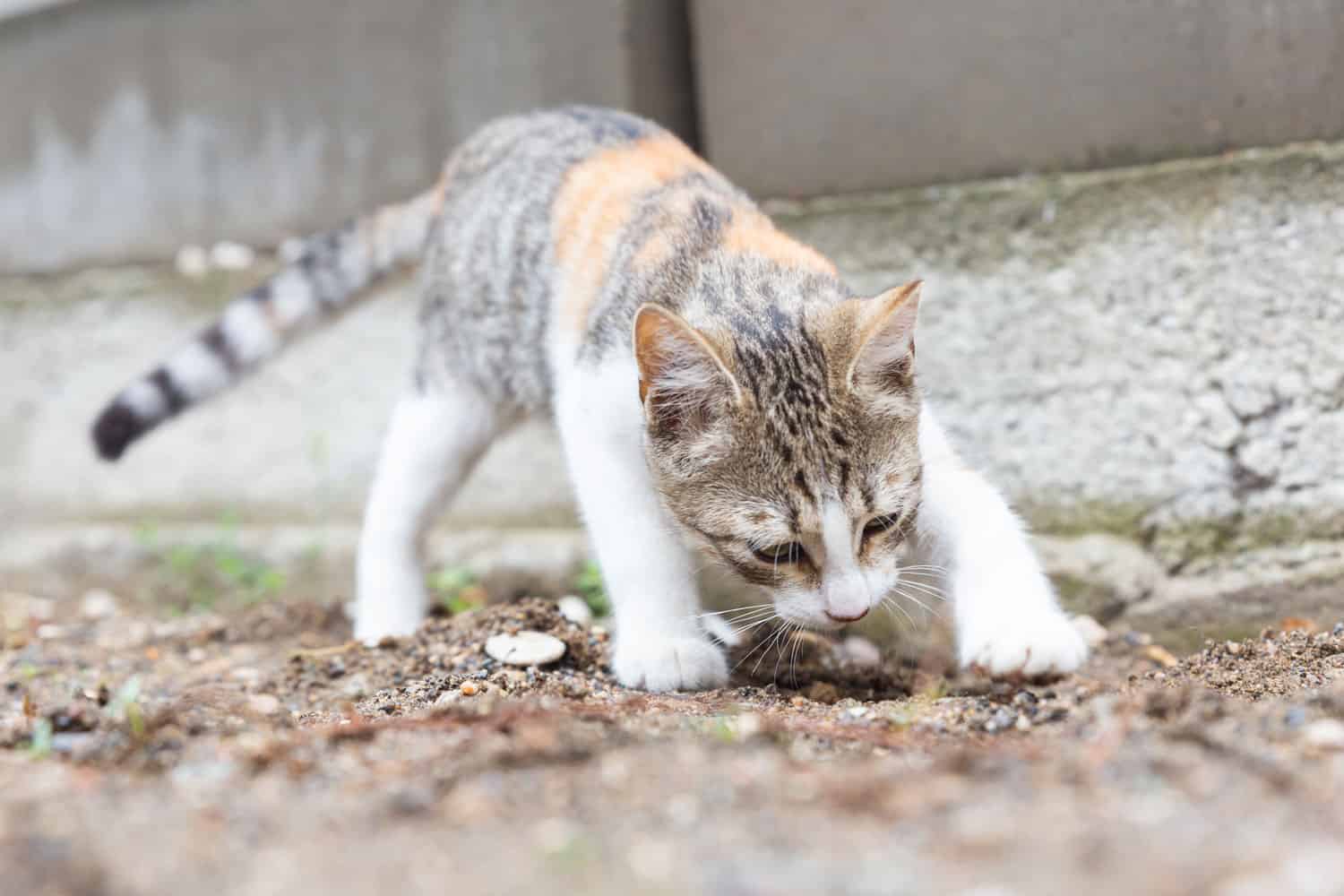
This behavior is instinctual and has been passed down from their wild ancestors.
A litter box provides a designated area where they can comfortably carry out this instinctual behavior.
The Lure of Texture: Cats Love to Dig
The texture of cat litter is another major attraction for cats.
Most litters are made of small, granular particles that are easy for cats to dig and bury their waste in.
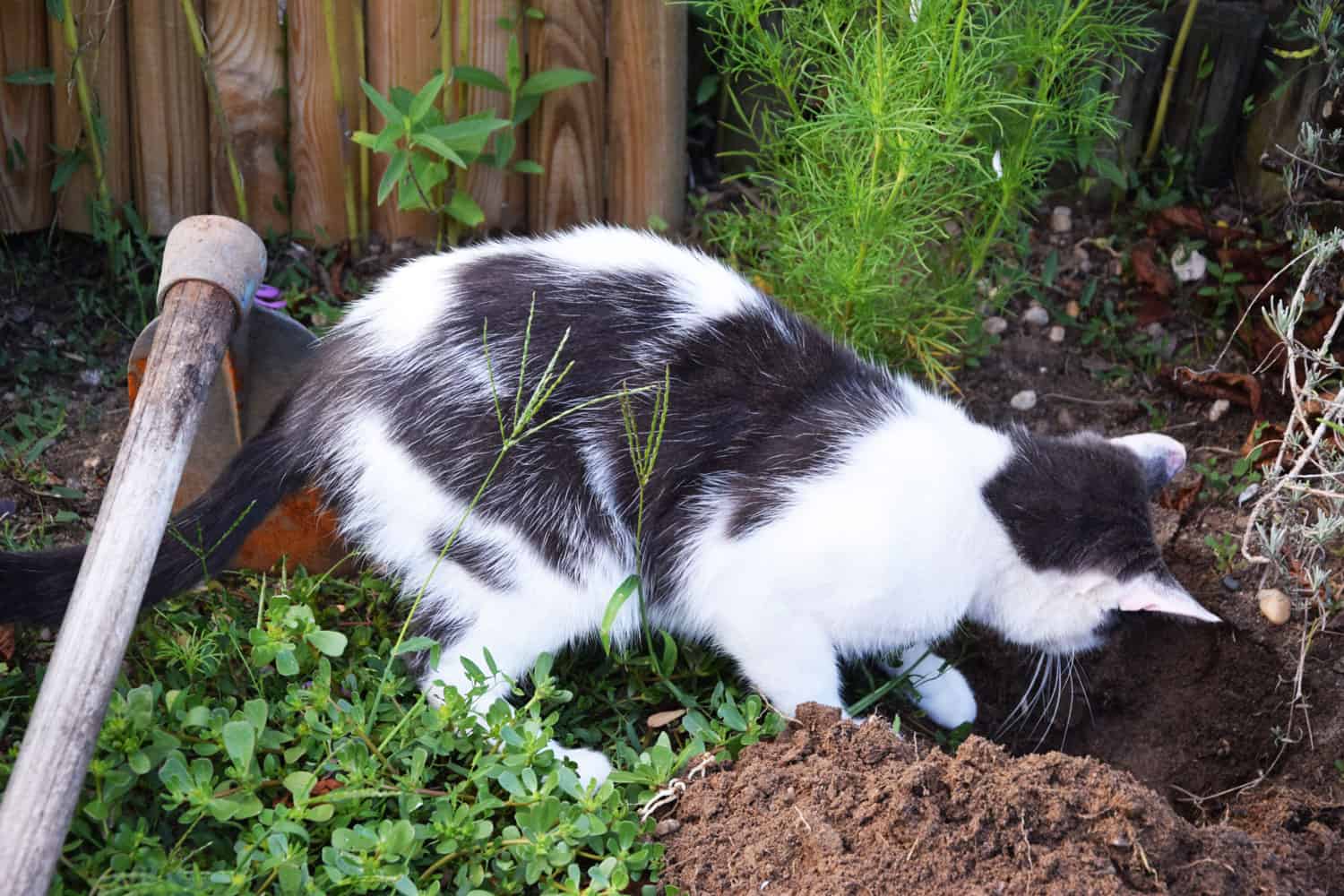
This texture resembles the loose soil or sand that wild cats would naturally choose to eliminate.
A litterless box may not provide this satisfying digging experience, which could discourage use.
Odor Control: Keeping Things Fresh
Cats are known for their keen sense of smell. Odor control is an important factor in a cat's willingness to use a litter box.
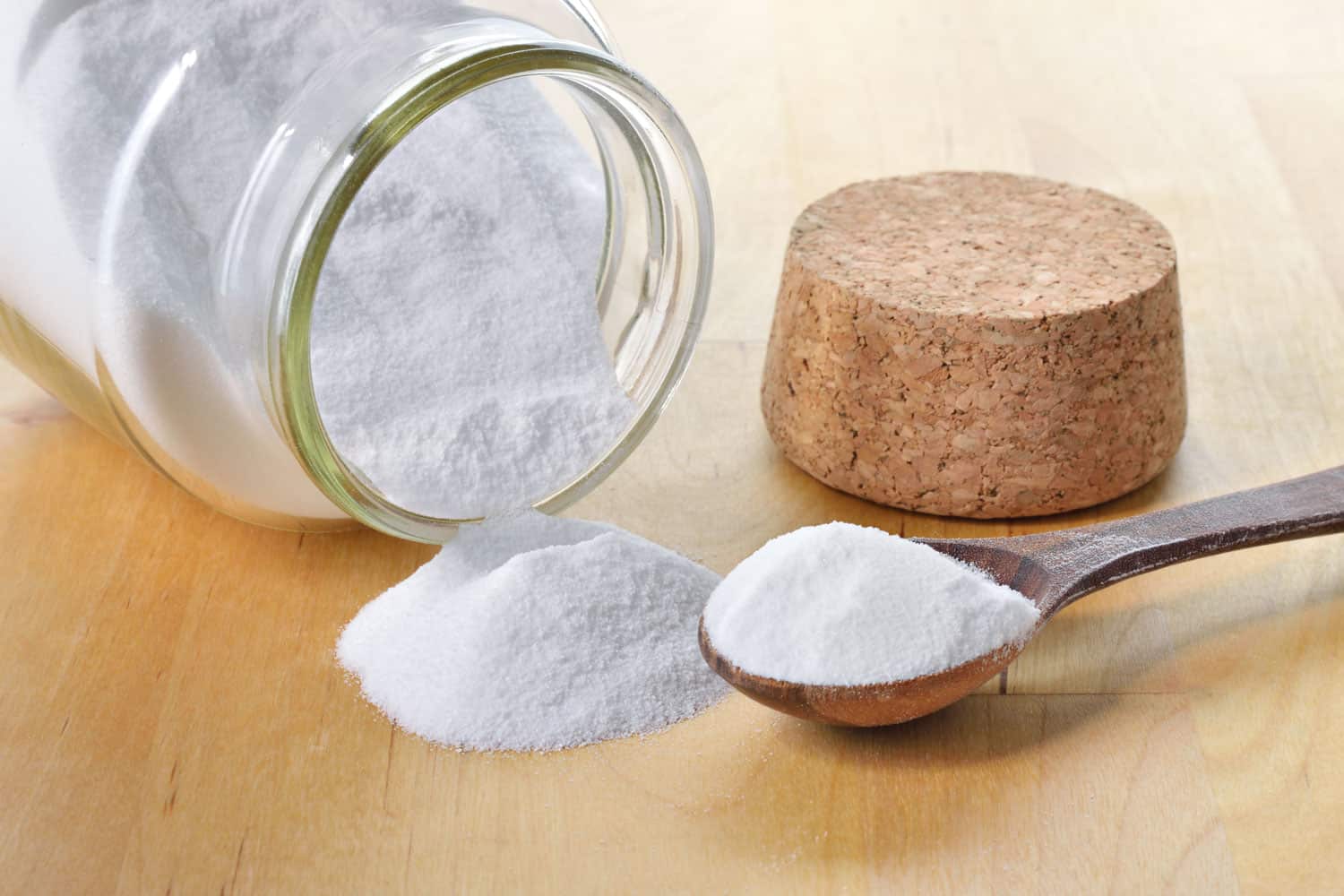
Traditional cat litter is often infused with odor-absorbing materials like activated carbon or baking soda, which help to control the smell of cat waste.
Without these odor-absorbing elements, a cat may be less inclined to use their litter box.
The Impact of No Litter on a Cat's Bathroom Habits
Cats are creatures of habit, and their bathroom behavior is deeply ingrained in their natural instincts.
Removing the litter or litterless box can have several impacts, and these are:
Behavioral Changes: The Search for Alternatives
Without litter in the box, cats might start looking for alternatives that provide a digging experience similar to litter.
This could mean your cat starts to relieve itself in potted plants, laundry baskets, or even beds. Such behavior can be very difficult to correct once established.
Psychological Impact: Stress and Anxiety
Cats might experience stress and anxiety if they cannot perform their natural behavior of burying waste.

This can manifest in various ways, such as excessive grooming, decreased appetite, or aggression.
Stress in cats should not be taken lightly, as it can lead to further health complications.
The Smelly Situation: Odor Control Challenges
Without the absorbent material of the litter to trap odors, you might find that the litter box becomes smelly much faster.
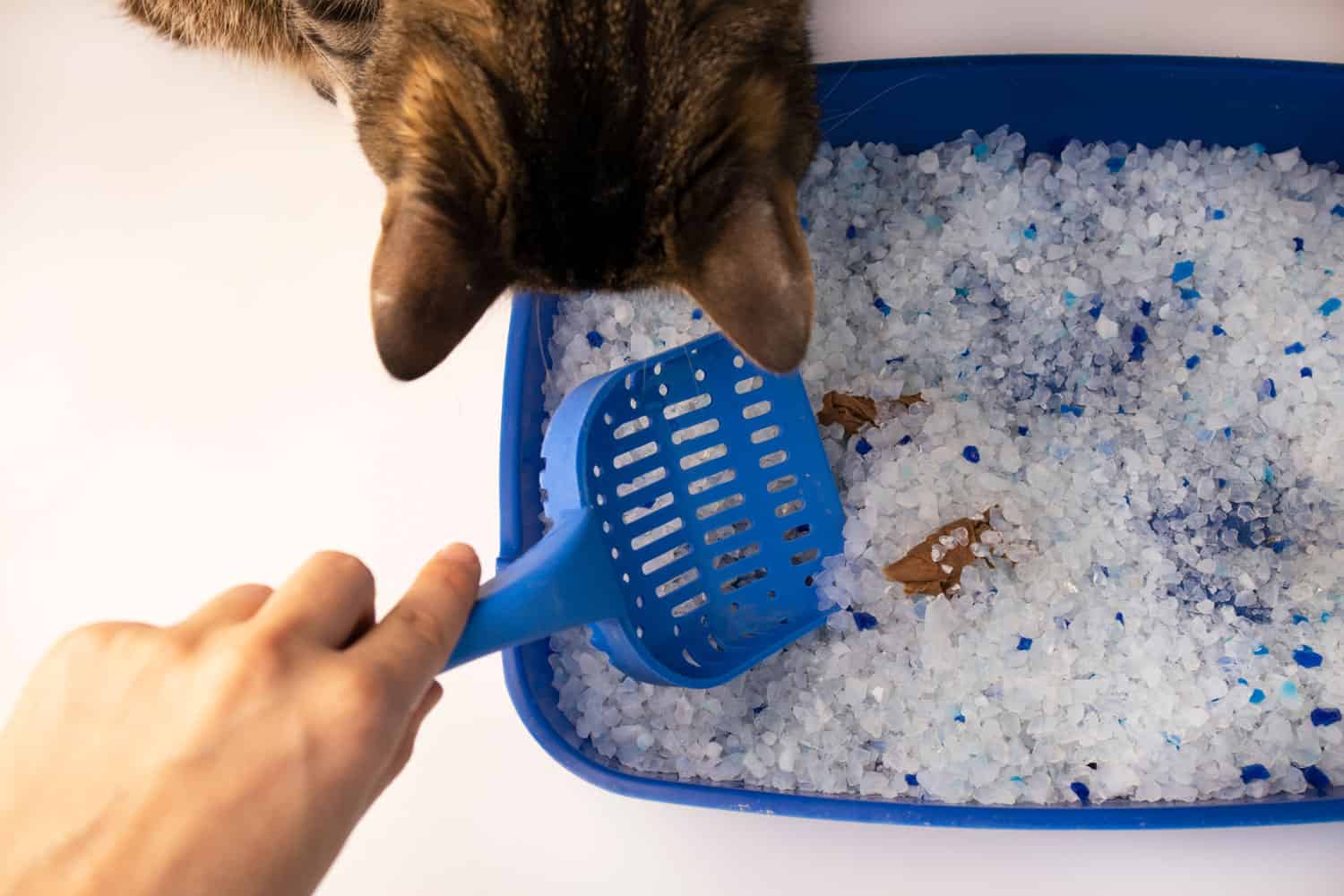
This not only affects the humans in the house but can also deter the cat from using the litter box.
Cats have a much stronger sense of smell than humans, and a smelly litter box can be extremely off-putting to them.
Sanitary Concerns: Increased Cleaning Frequency
Litter acts as a barrier between the waste and the box, and without it, you might find that the waste sticks to the box.
This means that not only do you have to clean the litter box more frequently, but it can also be a more involved and messier process.
Alternative Materials to Traditional Cat Litter
If you're considering a switch from traditional cat litter, there are a few alternative materials to consider.
1. Newspaper Litter: A Homemade Solution
Newspaper litter can be made at home and can last for about three weeks.
The process includes shredding the newspaper, soaking it in warm water and dish soap, rinsing, adding baking soda, drying, and breaking it into fragments.
Click here to see this recycled paper litter on Amazon.
2. Wood Shavings: An Eco-Friendly Option
Wood shavings can be used as an effective alternative to cat litter. These can be obtained from feed stores or local woodworking companies.
Click here to see this wood shavings on Amazon.
They are good at covering up the smell of ammonia in cat urine.
3. Chicken Feed: An Unexpected Choice
Chicken feed, specifically chick starter crumbles, can serve as excellent cat litter.
Click here to see this chick starter crumbles on Amazon.
It can be scooped out, clumps well, controls odor, and is safe if accidentally ingested by the cat. It is available at feed stores and home stores.
4. Sand: An Outdoor Solution for Indoor Cats
Sand can be used as an inexpensive alternative to cat litter. It clumps well and retains urine odor.
Click here to see this sand on Amazon.
To enhance urine odor control, a cup of baking soda can be mixed with the sand.
5. Alfalfa Pellets: Repurposing Rabbit Food
Alfalfa pellets, commonly used as rabbit food, can also serve as a cat litter substitute.
Click here to see this alfalfa pellets on Amazon.
It eliminates odor, clumps well, and is flushable if broken up a bit. However, it may create more dust if too much is used.
6. Wood Pellets: A Natural and Economical Alternative
Wood pellets are a great substitute for commercial cat litter.
Click here to see this pack of wood pellets on Amazon.
They absorb urine and odor, and eventually crumble into sawdust that settles at the bottom of the litter box.
They are economical, environmentally friendly, create less dust, and more absorbent than clay.
7. Potting Soil: A Natural Feel for Indoor Cats
Potting soil can be used as a cat litter substitute, as cats naturally use soft soil to do their business.
Click here to see this potting soil on Amazon.
To prevent the soil from scattering, you can place litter mats around the litter box.
Training Your Cat to Use a Litter Box Without Litter
Transitioning your cat to a litter box without traditional litter requires a careful and patient approach. Here are some tips to guide you through this process:
Understanding Your Cat's Preferences: Start with Observation
Before introducing any changes, it's crucial to understand your cat's current litter box habits.
Take note of how your cat behaves in their litter box, their preferred litter type, and how often they use it.
These observations can provide valuable insights and help you anticipate how your cat might react to changes.
Gradual Transition: The Key to Success
When you're ready to introduce changes, remember that sudden shifts can be stressful for cats.
Start by mixing a small amount of the new material (whether it's another type of litter or a completely litterless setup) with the existing litter.
Gradually increase the proportion of the new material over several weeks. This slow transition can help your cat adapt to the new setup with less stress.
Positive Reinforcement: Encourage the Desired Behavior
Cats respond well to positive reinforcement. Whenever your cat uses the new setup correctly, reward them with praise, petting, or a favorite treat.
This helps them associate the new litter box setup with positive experiences, making them more likely to use it in the future.
Patience and Persistence: Stay Consistent
Patience and persistence are crucial during this transition period. There may be setbacks along the way, and your cat might take longer to adjust than expected.
Stay consistent with the changes and maintain a regular cleaning schedule to keep the litter box appealing.
Consult a Professional: When to Seek Help
If your cat consistently refuses to use the new setup or if you notice signs of distress such as eliminating outside the box, excessive meowing, or changes in appetite, it may be time to consult a professional.
Veterinarians or animal behaviorists can provide expert advice tailored to your cat's specific needs and help troubleshoot any issues.
Effects on Health and Hygiene
While a litterless box might seem like a more hygienic option, there are potential health concerns to consider.
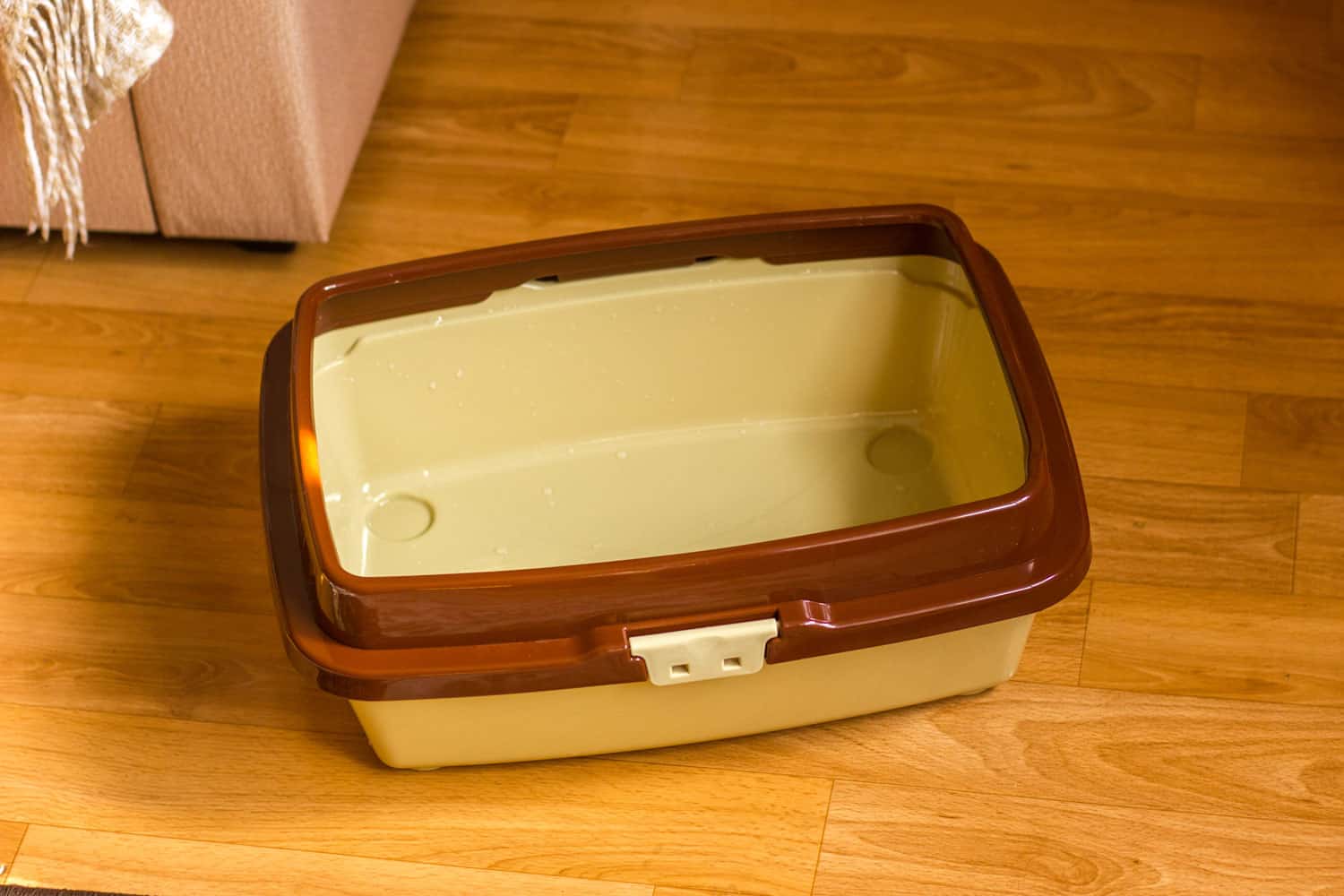
Without litter to absorb urine and cover feces, odor can become a problem.
Moreover, the absence of litter may lead to quicker bacterial growth, posing a risk to your cat's health.
Regular cleaning and maintenance of the box are essential to mitigate these concerns.
Rethinking Cat Litter
In conclusion, while it is possible for a cat to use a litter box without traditional litter, the transition requires careful consideration and planning.
The decision should not be based solely on convenience or cost but should take into account your cat's natural instincts, comfort, health, and hygiene.
Always remember, every cat is unique, and what works for one might not work for another.
Read more insightful topics below.








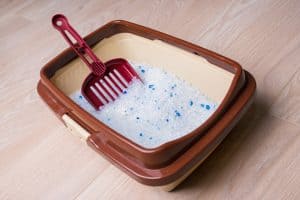
![cat examines kitty litter box with eco-friendly silicate litter - Can You Wash and Reuse Crystal Cat Litter? [Answered]](https://litter-boxes.com/wp-content/uploads/2023/08/cat-examines-kitty-litter-box-with-eco-friendly-silicate-litter-300x200.jpg)
